Jodhpur, the ‘Blue City’ of India, is a captivating tourist destination amidst the golden sands of Rajasthan, offering an immersive travel experience.
A fortress on the edge of the Thar Desert of Rajasthan celebrated for its remarkable architecture and distinctive blue homes.
The truly blue city! Stretching beyond the 16th-century border, it captivates with the immediacy and vibrancy of the old city, larger-than-life structures, and the grand fort.
Steeped in history, from the Royal Rajputana to the Mughals and the British Raj, it’s a tapestry of cultural richness. Vibrant fairs and festivals mirror the arid land’s zealous spirit, while the fusion of Rajputana architecture in numerous masterpieces casts an unbreakable spell on viewers.
Former seat of the princely state, Jodhpur, one of Rajasthan’s largest cities, historically capital of the Kingdom of Marwar.
The old city of Jodhpur, encircling the Mehrangarh Fort, a UNESCO World Heritage Site, with its formidable wall and several gates, is an architectural masterpiece. The expansive city has now grown beyond the ancient walls.
The story of Jodhpur commences in the ancient capital, Mandore, and the culturally vibrant ‘Marwar’ region, home to the proud locals known as “Marwaris.”
Founded in 1459 by Maharaja Rao Jodha, the city quickly became Marwar’s capital. Initially, Mandore, Jodha’s hometown, served as the capital, but Jodhpur quickly assumed the role even during his lifetime, following his successful conquest of surrounding territories.
A visit to this captivating ‘Blue City’ of Jodhpur promises a memorable experience steeped in history. Wander through bustling lanes, and crowded markets, and witness the vibrant local life—colorfully dressed women, busy businessmen, laid-back children playing on the streets, and cows and dogs moving seamlessly amid the human world.
Yet, Jodhpur’s most distinctive feature is the mesmerizing color of the houses surrounding the Mehrangarh Fort complex.
To uncover the mystery of why Jodhpur is called the blue city, venture into its older quarters beneath the centuries-old protection of Mehrangarh Fort, established in the mid-15th century. Legends abound, and while locals offer various reasons, the exact origin of the blue houses remains shrouded in history and mystery.
The moniker ‘Blue City’ owes itself to the centuries-old tradition of painting houses in varying shades of blue, which not only adds to the city’s unique aesthetics but also serves practical purposes such as keeping interiors cool and deterring insects.
The trip to Mehrangarh Fort, sprawling over 1,200 acres atop a hill 122 meters above the plains, boasts palaces with intricate carvings, expansive courtyards, and a museum showing diverse relics.
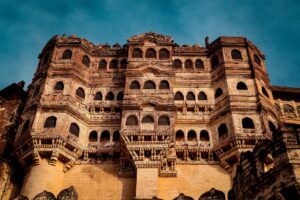
Cannonball imprints from Jaipur’s attacking armies mark the second gate. On the fort’s left side stands the Chhatri of Kirat Singh Soda, a soldier who fell defending Mehrangarh.

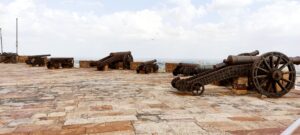
Seven gates, including Jayapol commemorating Maharaja Man Singh’s victories, and Fattehpol Gate celebrating Maharaja Ajit Singh’s triumph over the Mughals, define the fort’s historical significance.
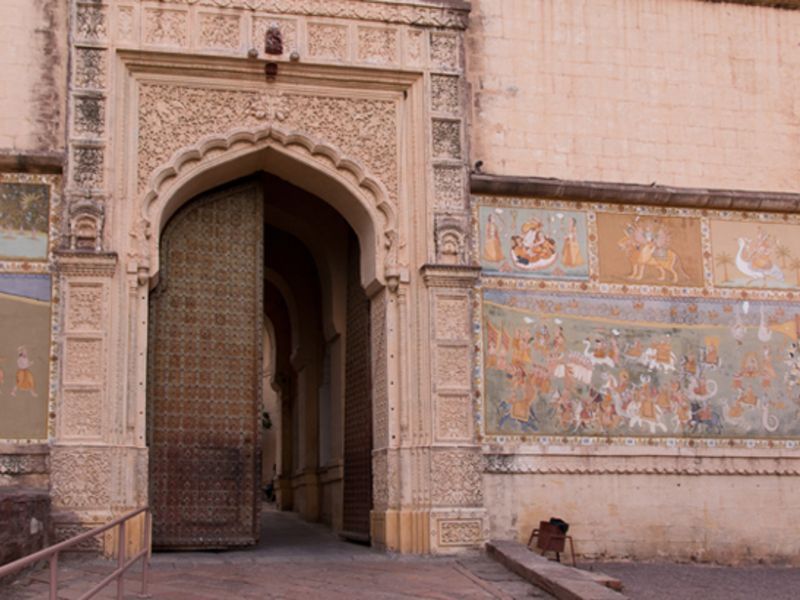
The Mehrangarh Museum is a treasure trove, showing Rajasthan’s rich artistic and cultural history. It houses exquisite collections of Miniature Paintings, Arms and armors, Textiles, and Decorative Arts and furniture from the 16th to 19th centuries.
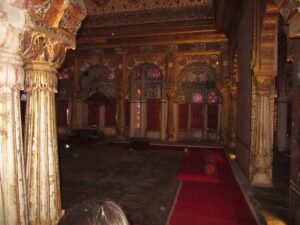
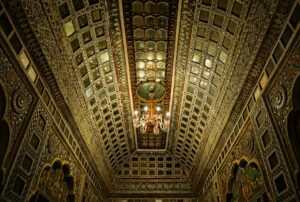

A trip to Jaswant Thada in Jodhpur, often dubbed the ‘Taj Mahal of Marwar,’ is a stunning marble memorial erected by Maharaja Sardar Singh in memory of his father, Maharaja Jaswant Singh. The main hall, designed like a temple, hosts rituals, reflecting the Rajput clans’ ancestral worship tradition.
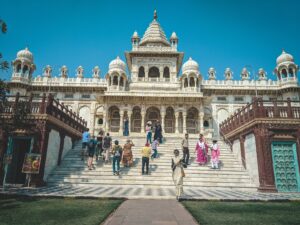
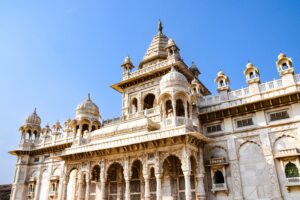
Today, the Jaswant Thada Museum showcases portraits of Marwar rulers, providing historical insights. The grounds double as a tranquil venue for morning concerts during festivals like the Rajasthan International Folk Festival and the World Sacred Spirit Festival.
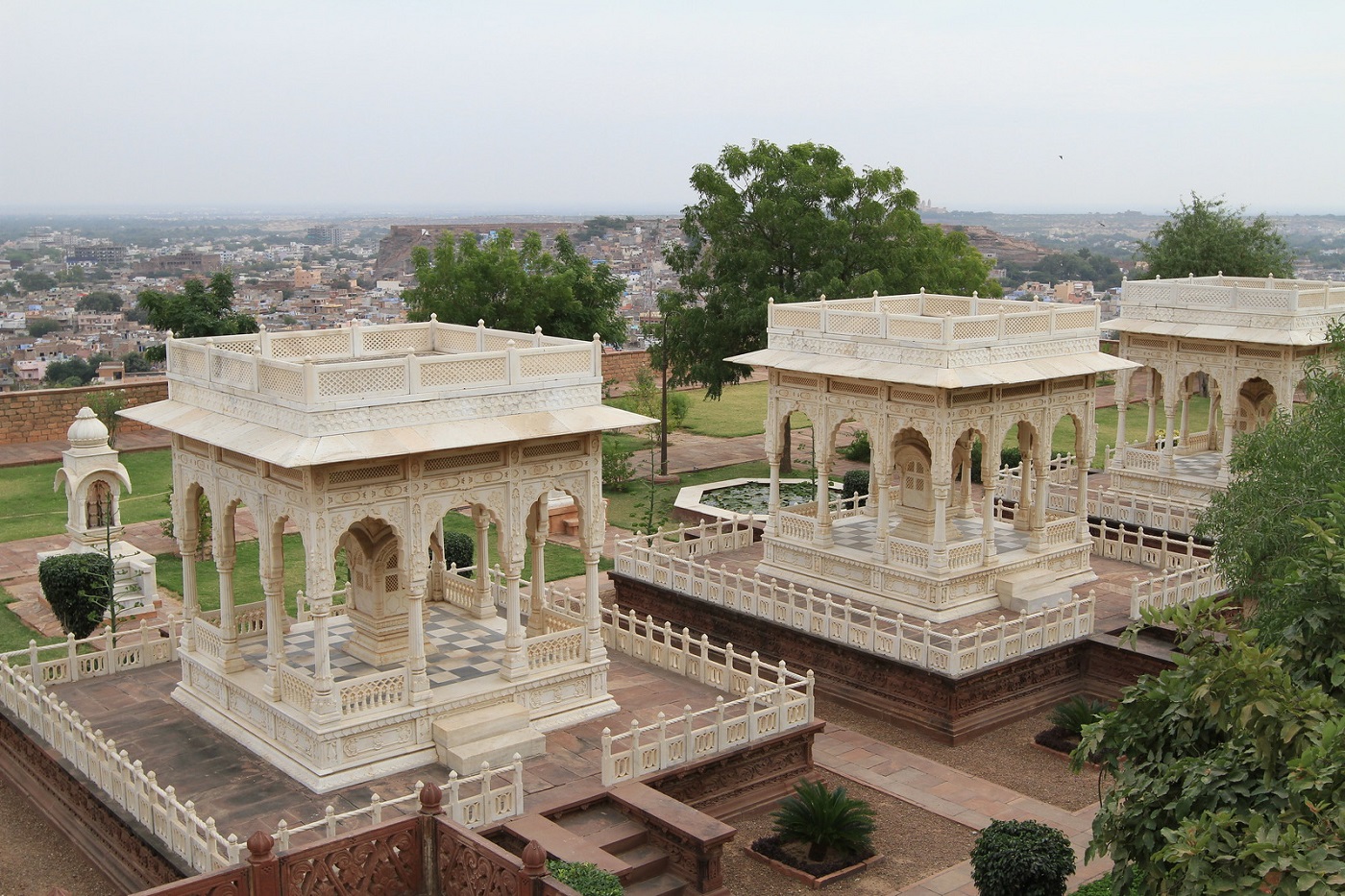
.jpeg)
Visit the Umaid Bhavan Palace, one of the world’s largest private residences, which stands as a captivating marvel in India. Maharaja Umaid Singh laid the foundation in 1929, completing construction in 1943. With 347 rooms, it serves as the former Jodhpur royal family’s principal residence, now partly a hotel and museum.

Linked to the Rathore Dynasty’s great ruler, Umaid Bhawan Palace’s construction was a response to the severe drought and famine in the 1920s, demonstrating Maharaja Umaid Singh’s commitment to helping the local farmers.
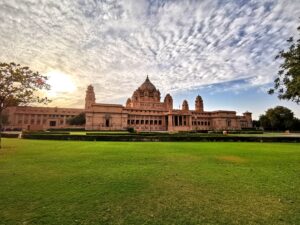

Meeting with the culture of Jodhpur, the Jodhpuri people, renowned for their hospitality, embody the charm of Marwari culture. Adorned in unique jewelry and colorful turbans, women and men add vibrancy to their fascinating lifestyle. The prevalent languages are Hindi, Marwari, and Rajasthani.
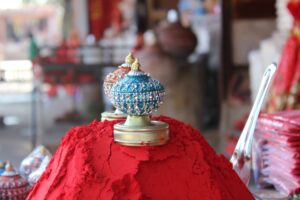

Graceful palaces, forts, and buildings throughout Jodhpur evoke its historic grandeur. Adding a romantic touch are exquisite handicrafts, folk dances, music, and a vibrant atmosphere. The affable locals, with sweet smiles and warm hospitality, enhance the city’s charm.
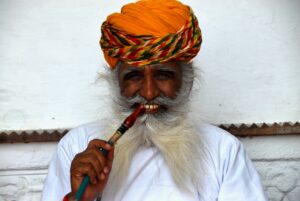
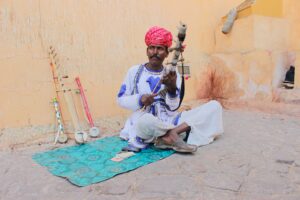
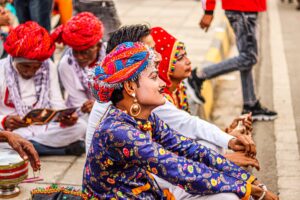
Visit Jodhpur’s bazaars offer a diverse array, from tie & dye textiles to embroidered leather shoes, lacquerware, antiques, carpets, puppets, textiles, clay figurines, miniatures, marble inlay work, and classic silver jewelry.
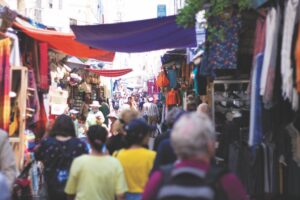
Visit to Old Jodhpur City resembles a bustling local market, akin to Old Delhi’s Chandni Chowk, rather than a typical tourist spot. The central clock tower buzzes with locals and tourists alike, offering a vibrant array of fruits, vegetables, handicrafts, and clothing.

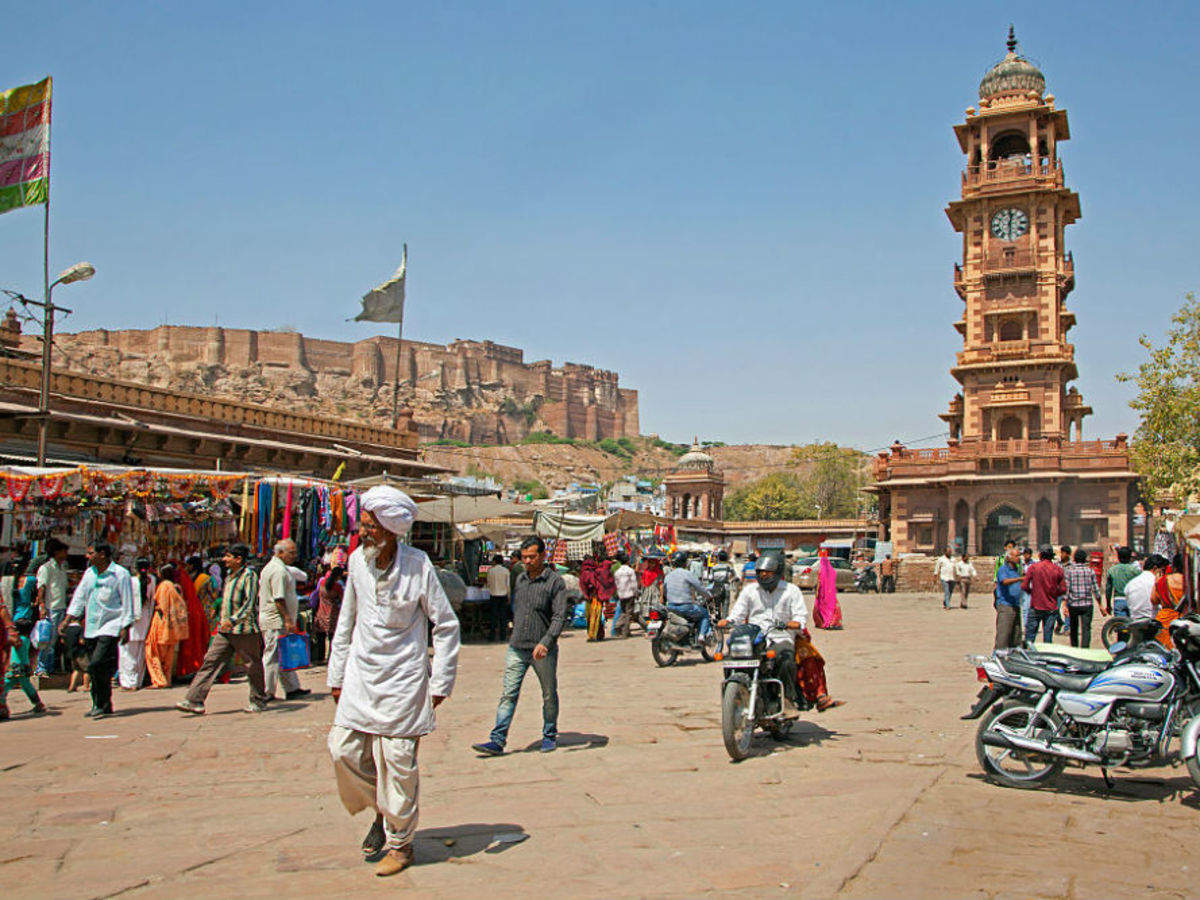
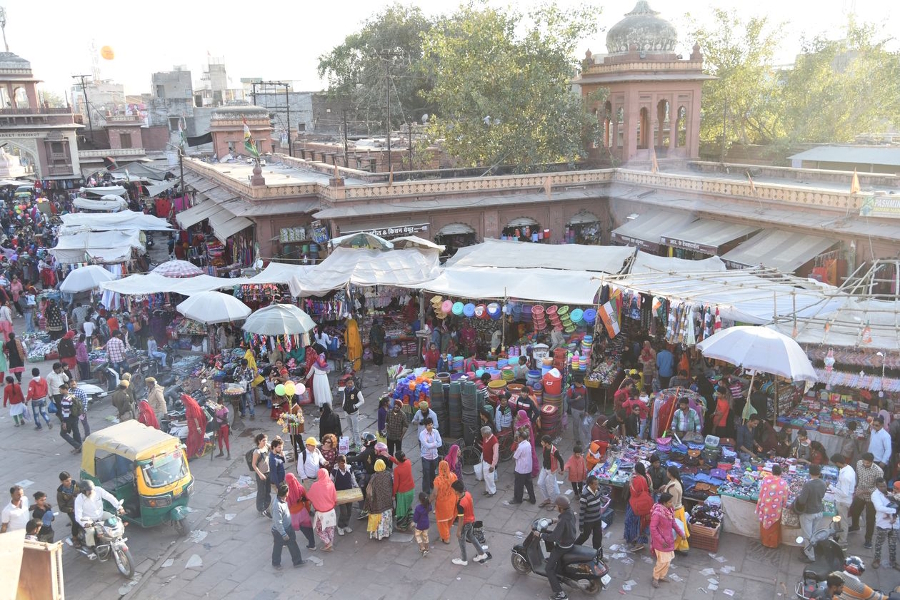
Despite its ordinary appearance, the clock tower stands out in the crowded and lively atmosphere.


Surrounding shops offer lassi, fruit shakes, and local fast food like Kachauri, Mirchi pakodas, and Jodhpuri thali. The evening unveils a spectacular sight as the tower lights up with a colorful display.




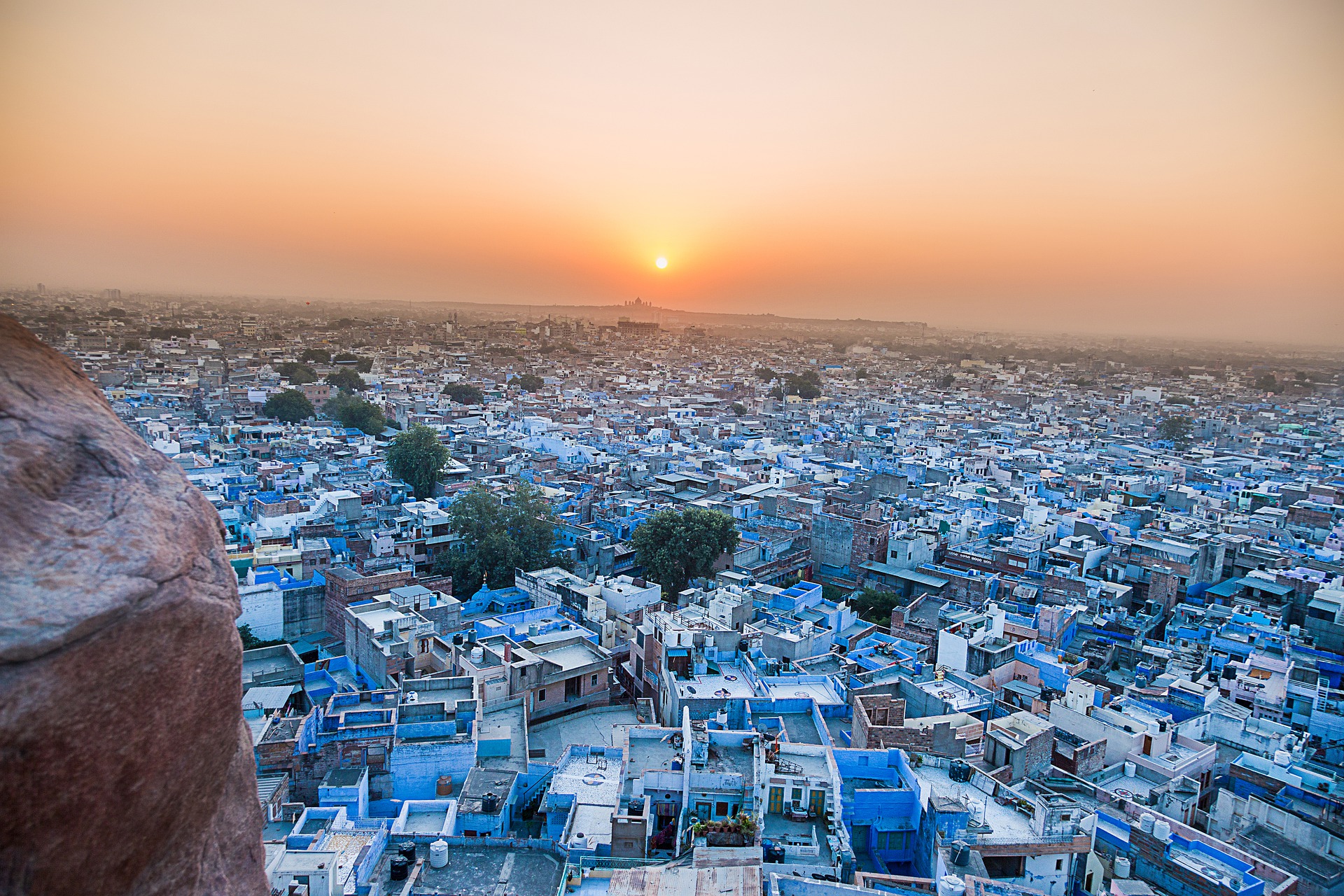
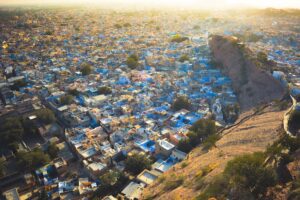
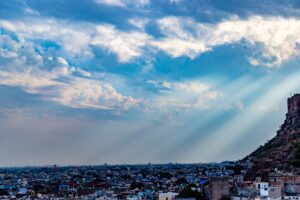

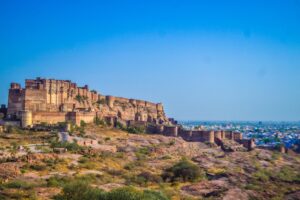
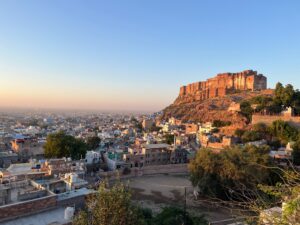
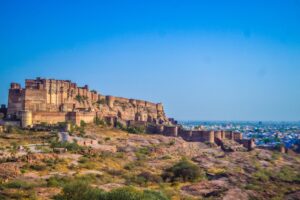
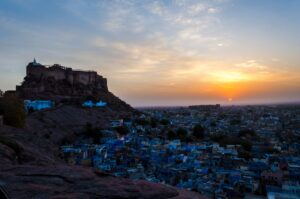
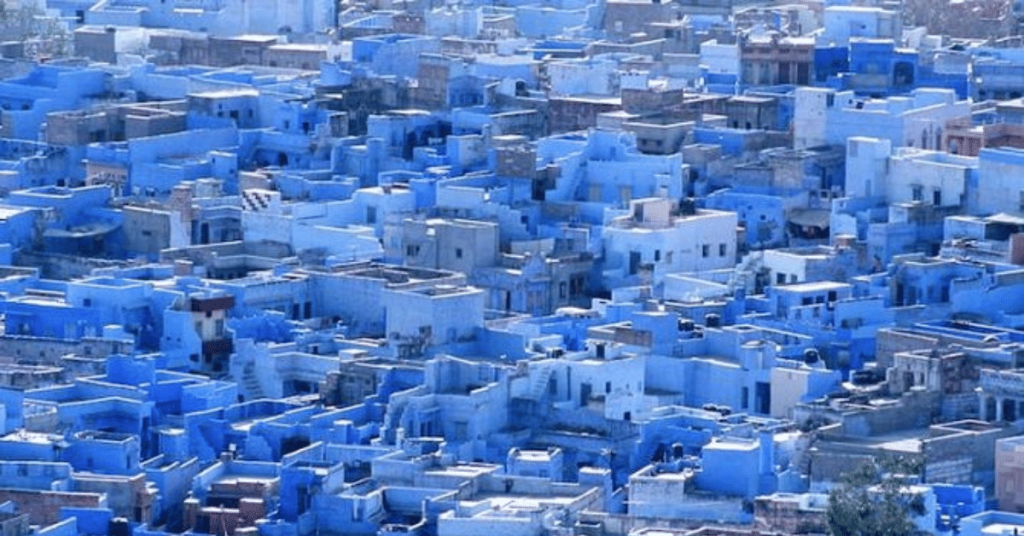

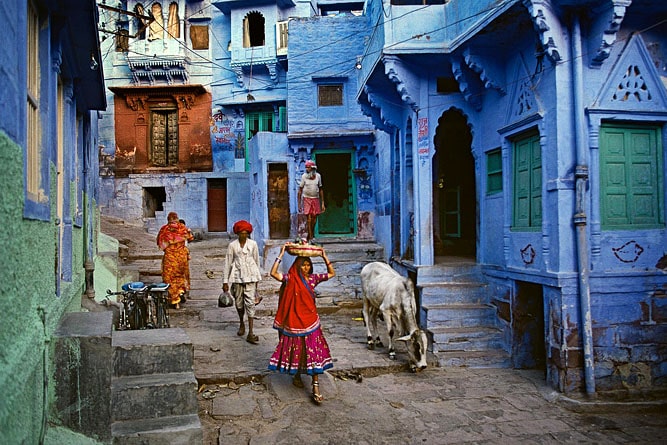
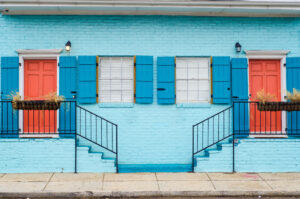
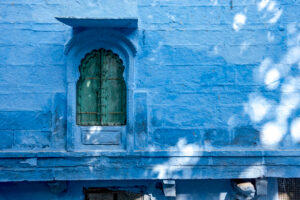
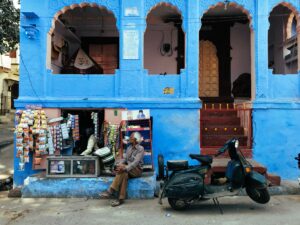
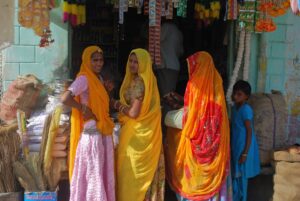
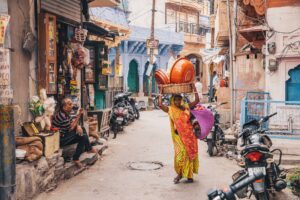

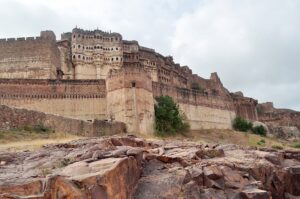
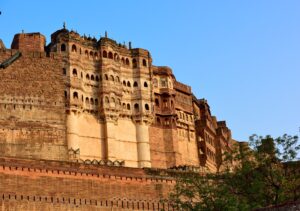
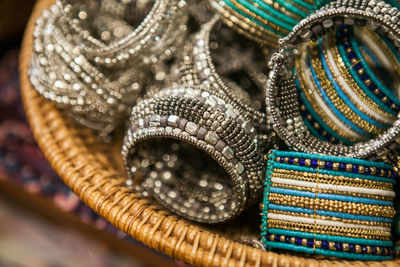
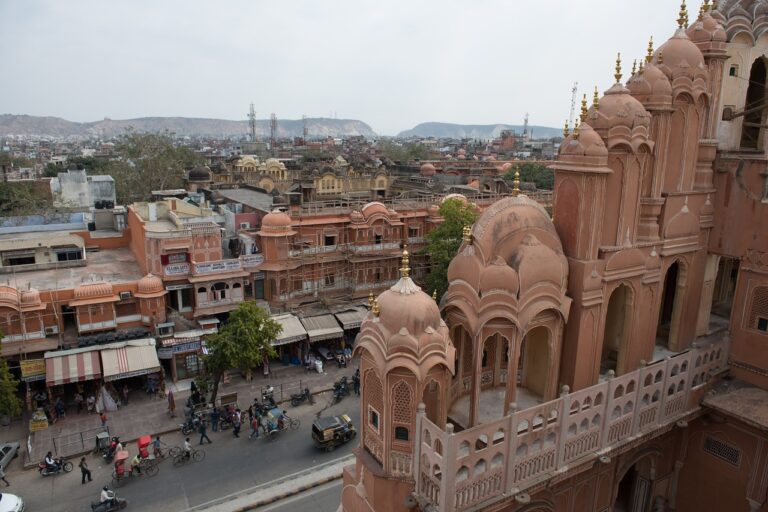


Wonderful web site. Lots of useful info here. I’m sending it to a few friends ans additionally sharing in delicious. And obviously, thanks to your effort!
We extend our heartfelt gratitude for your splendid reviews.
Many Thanks.